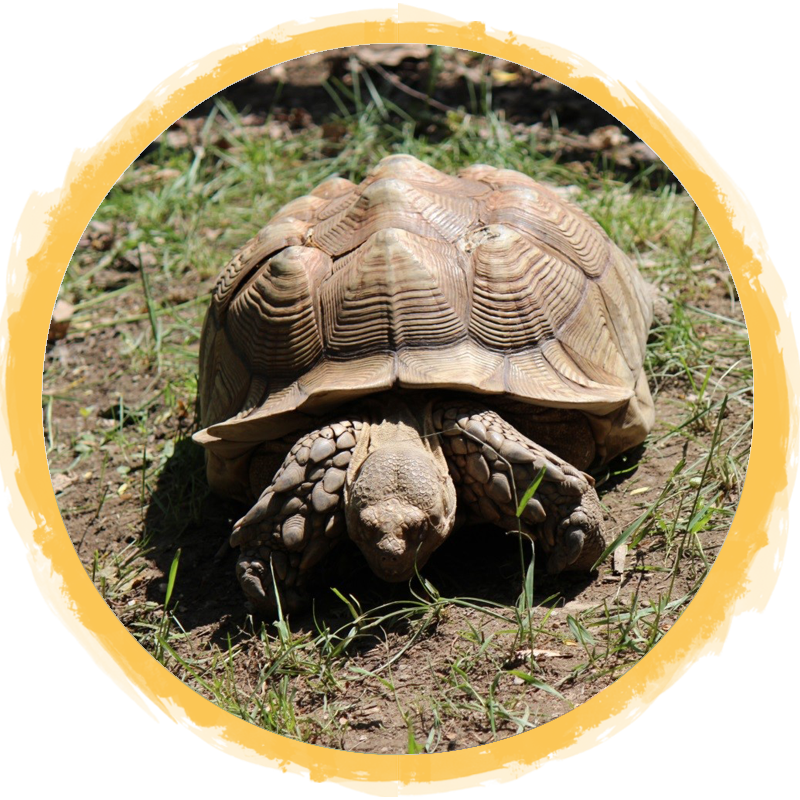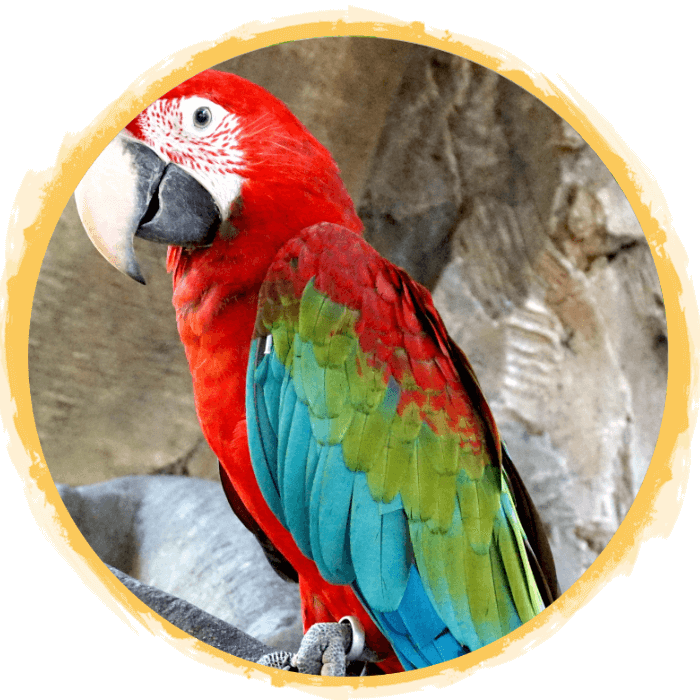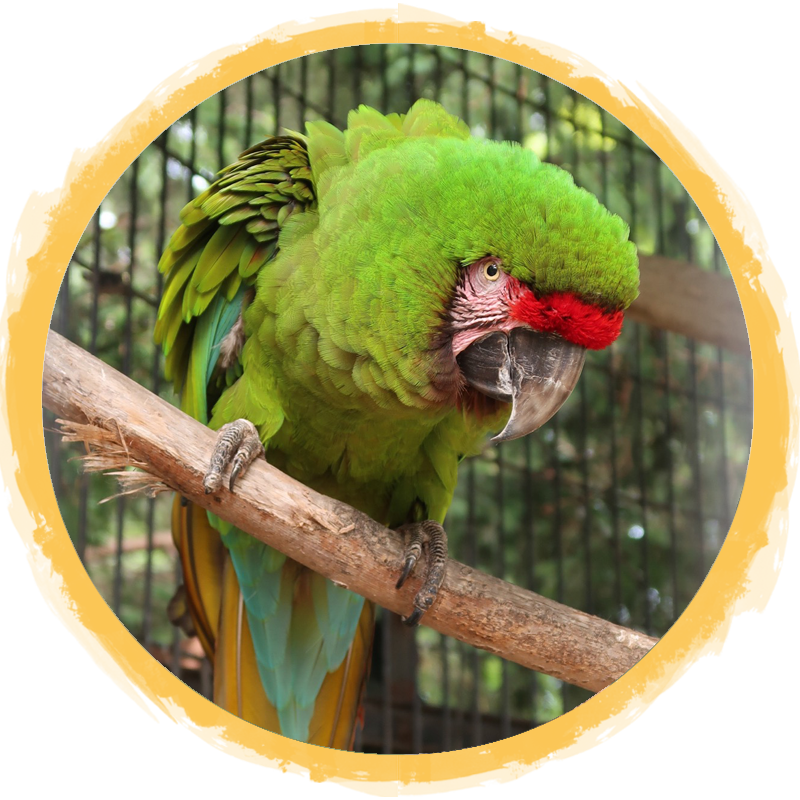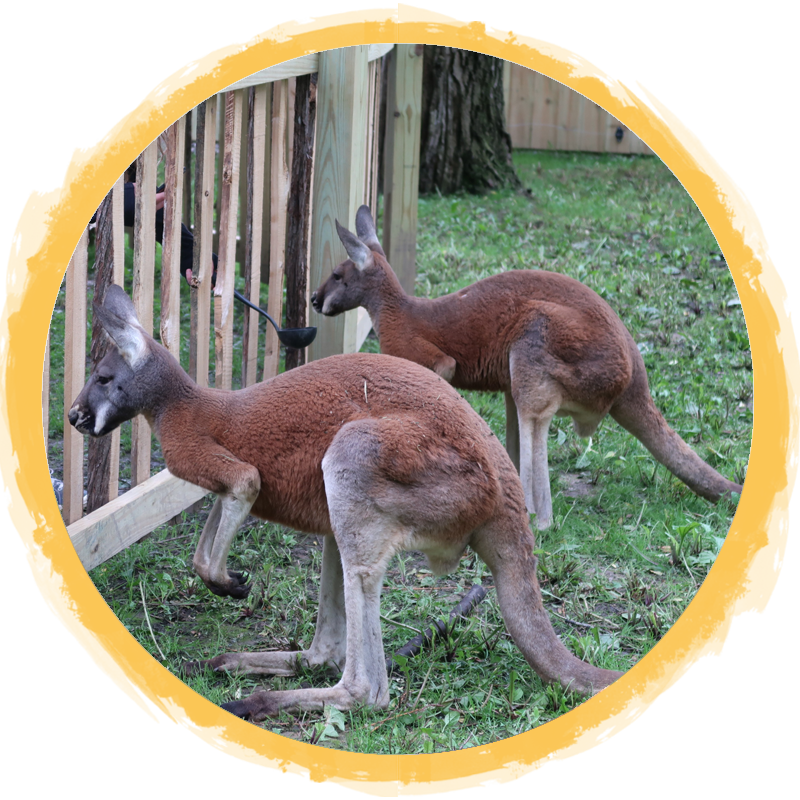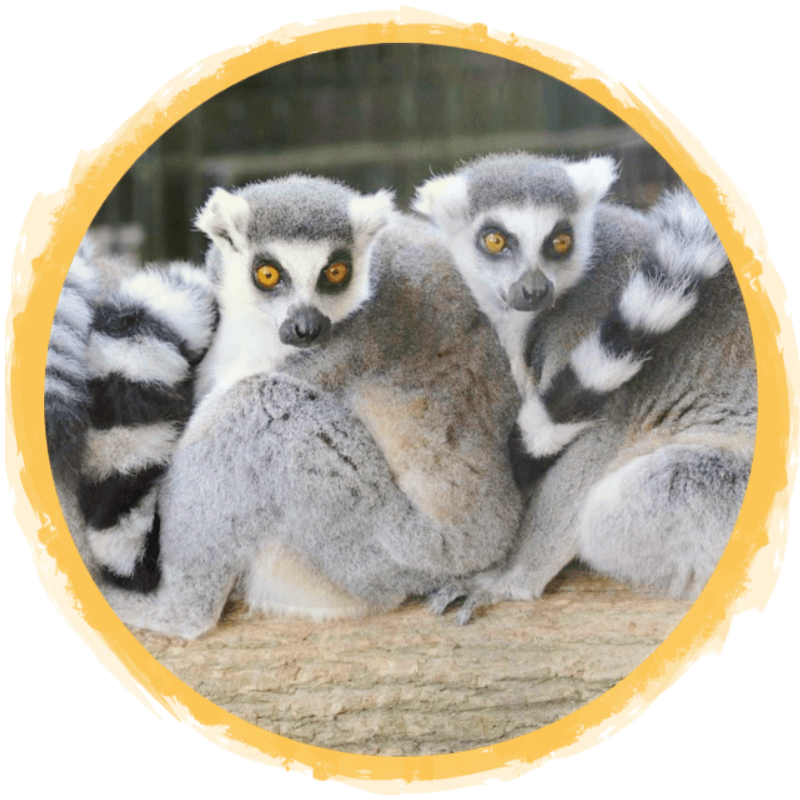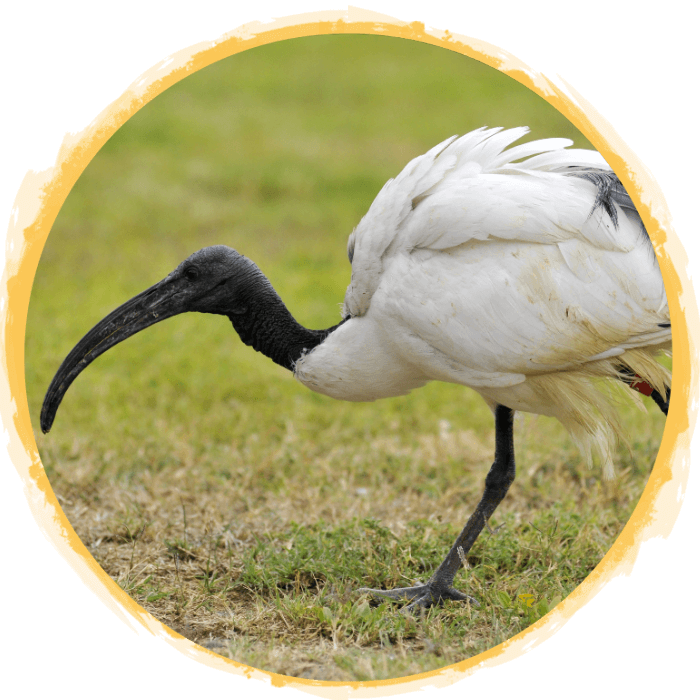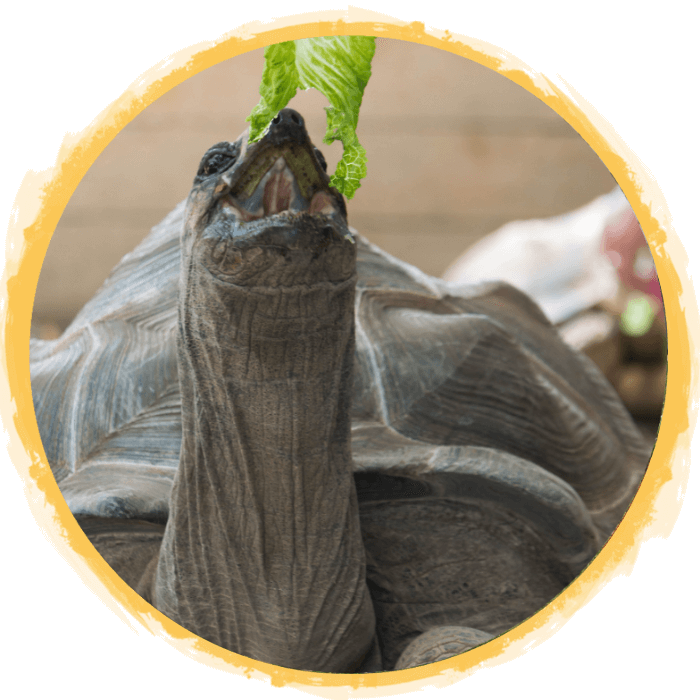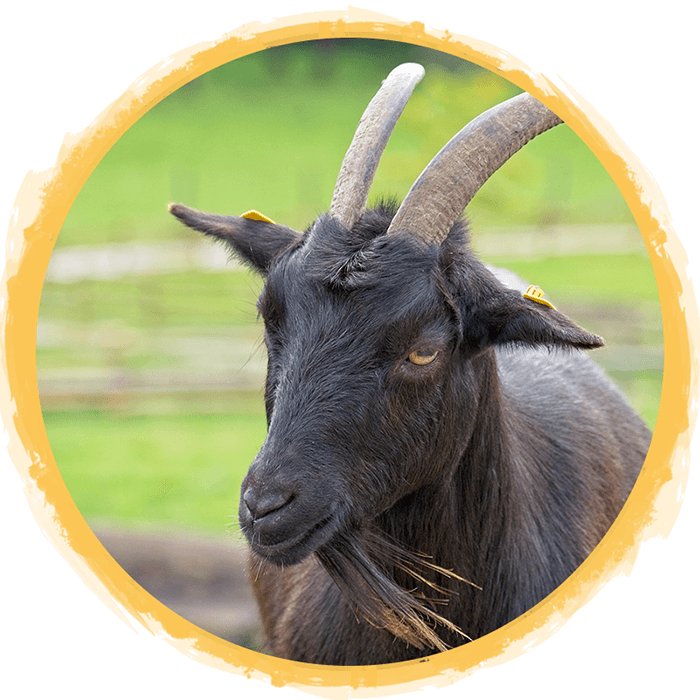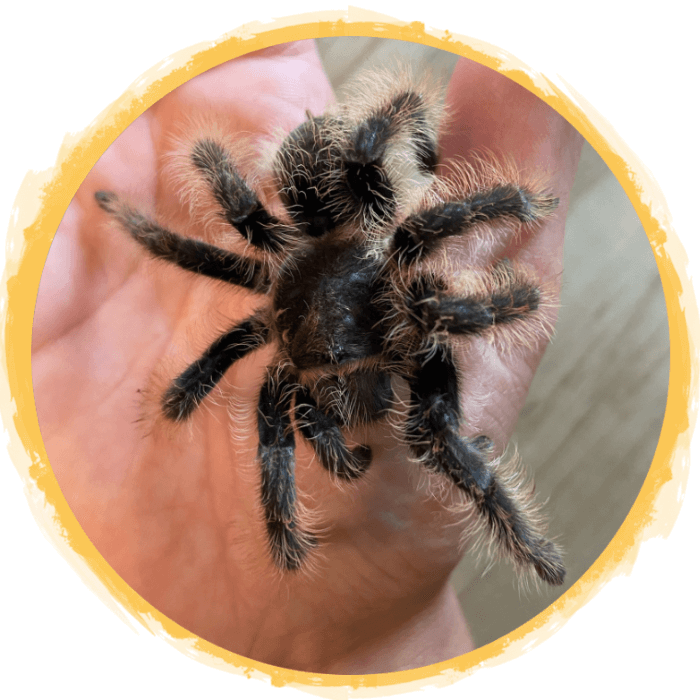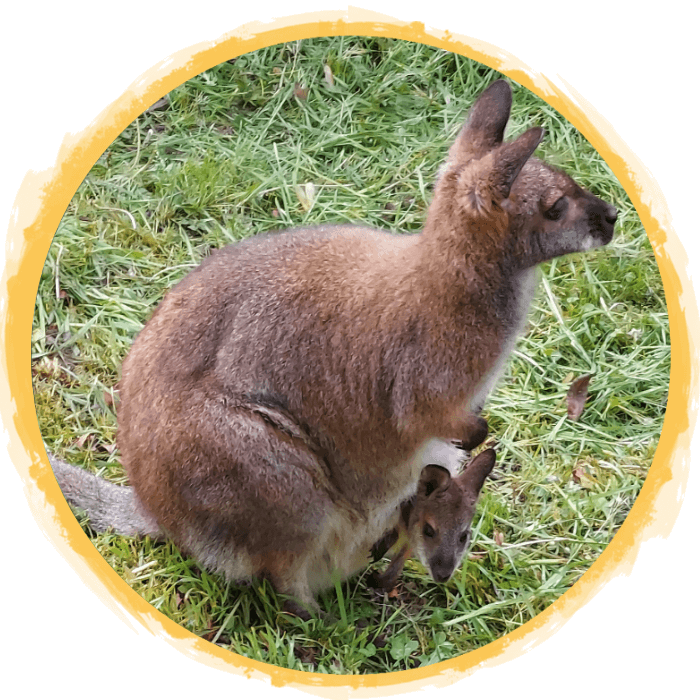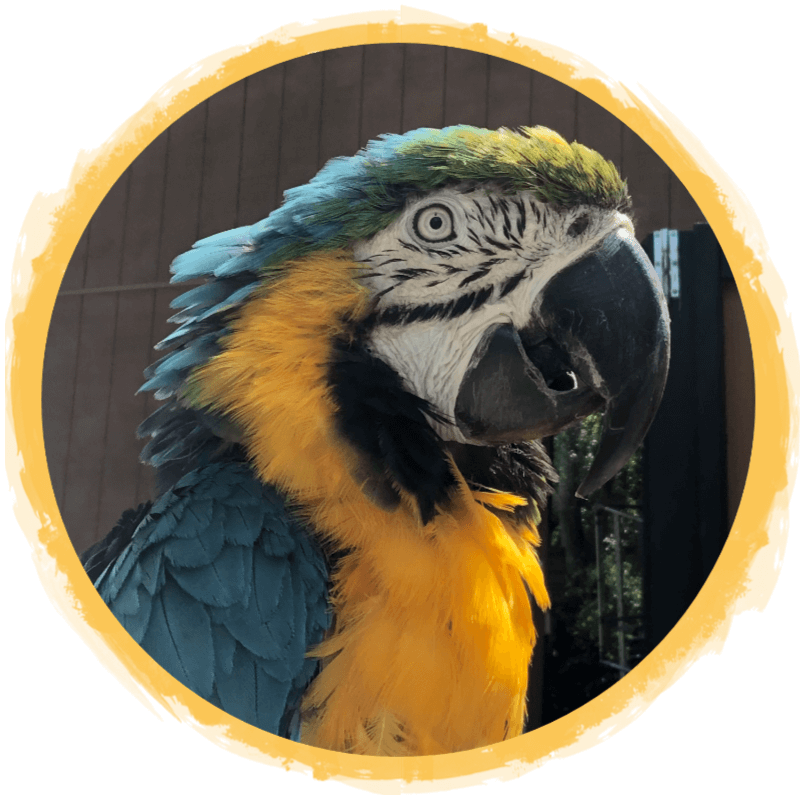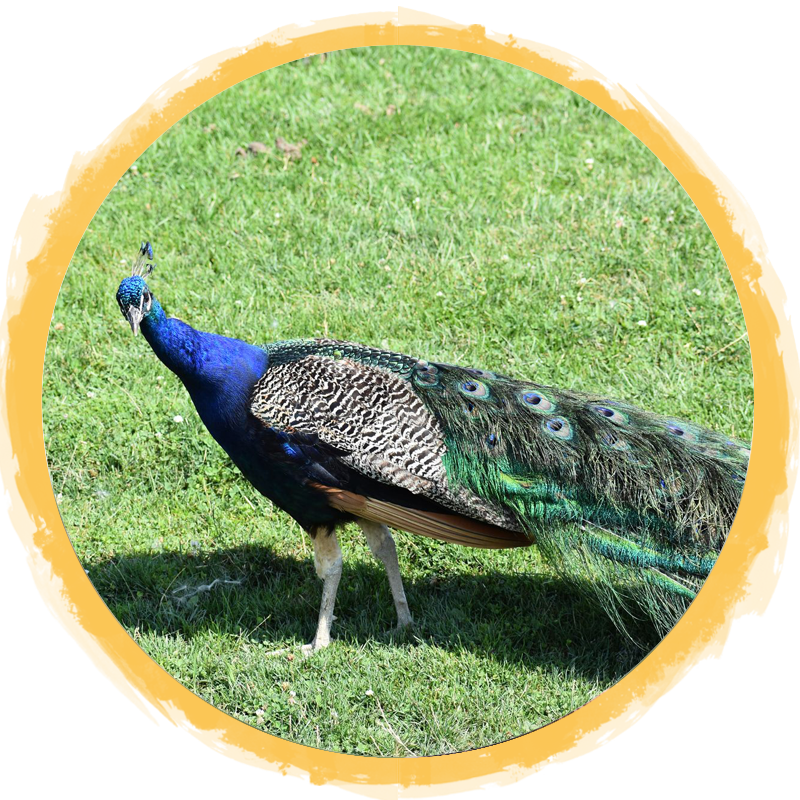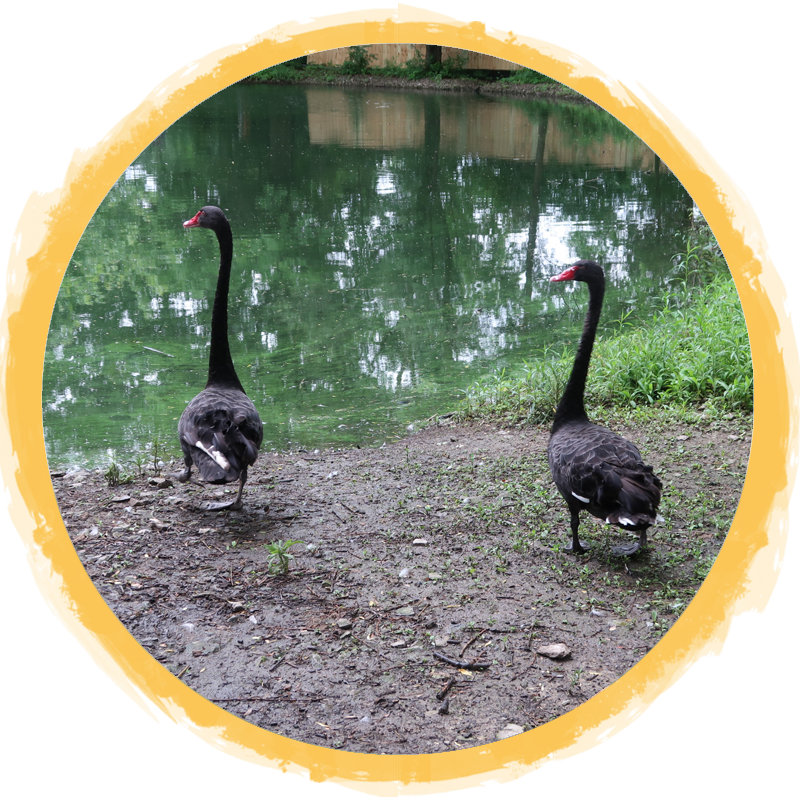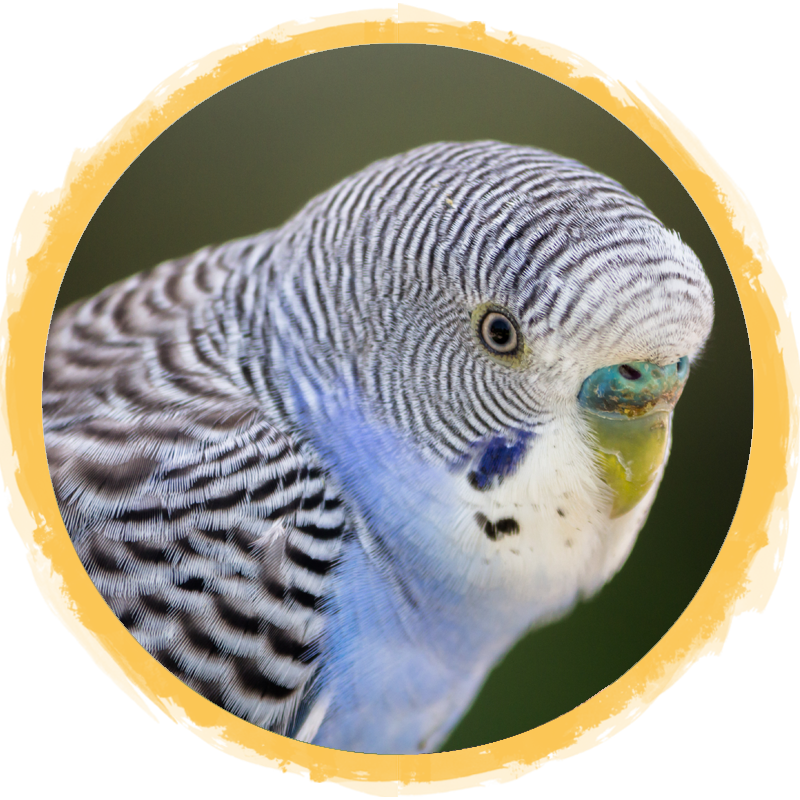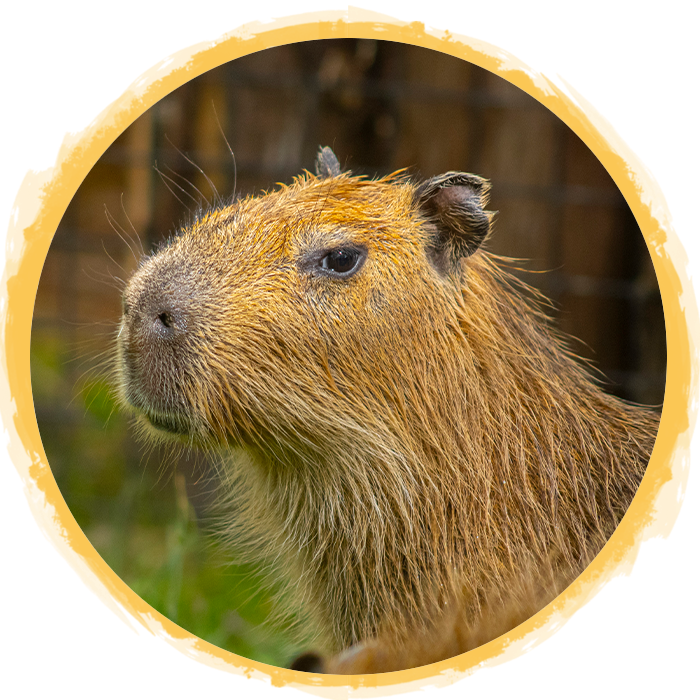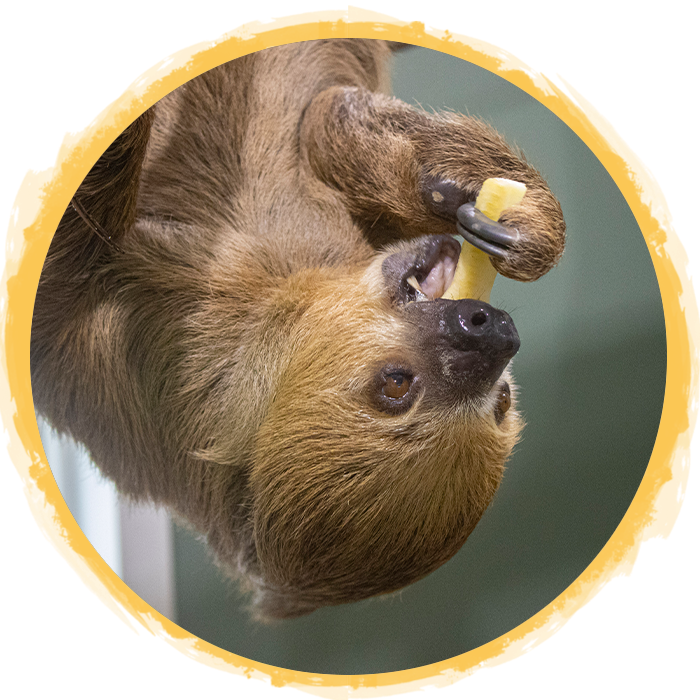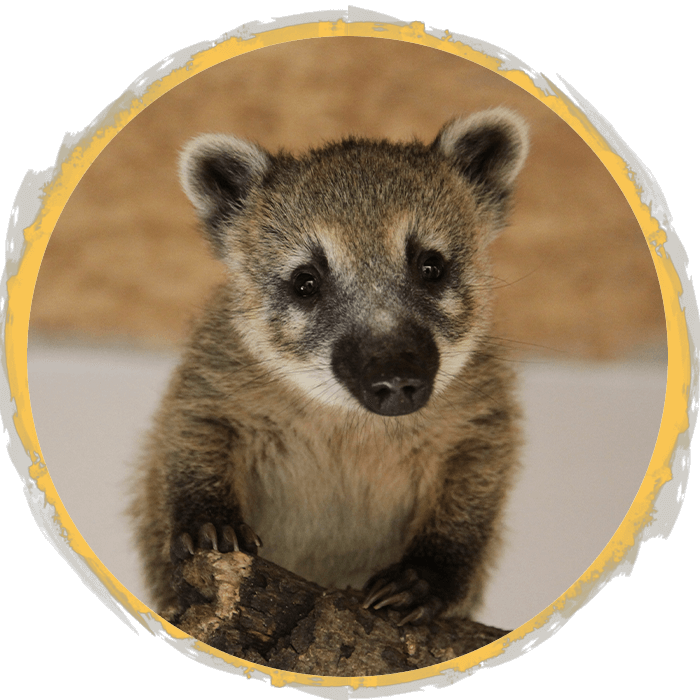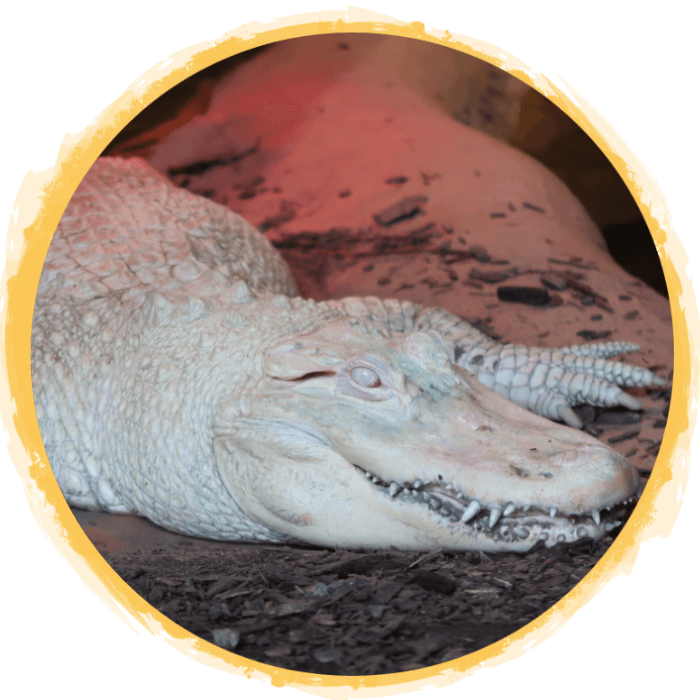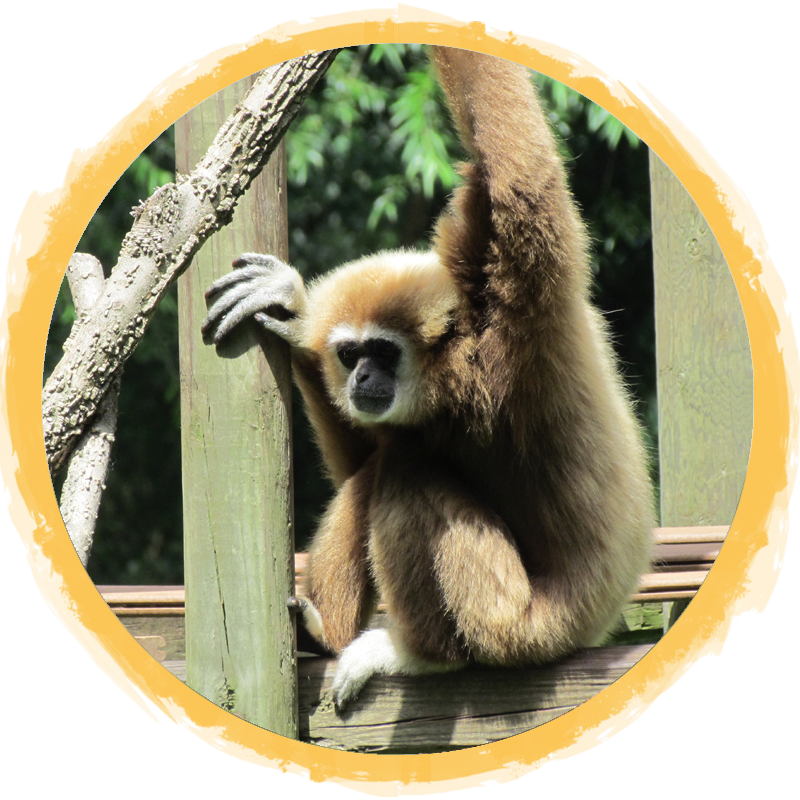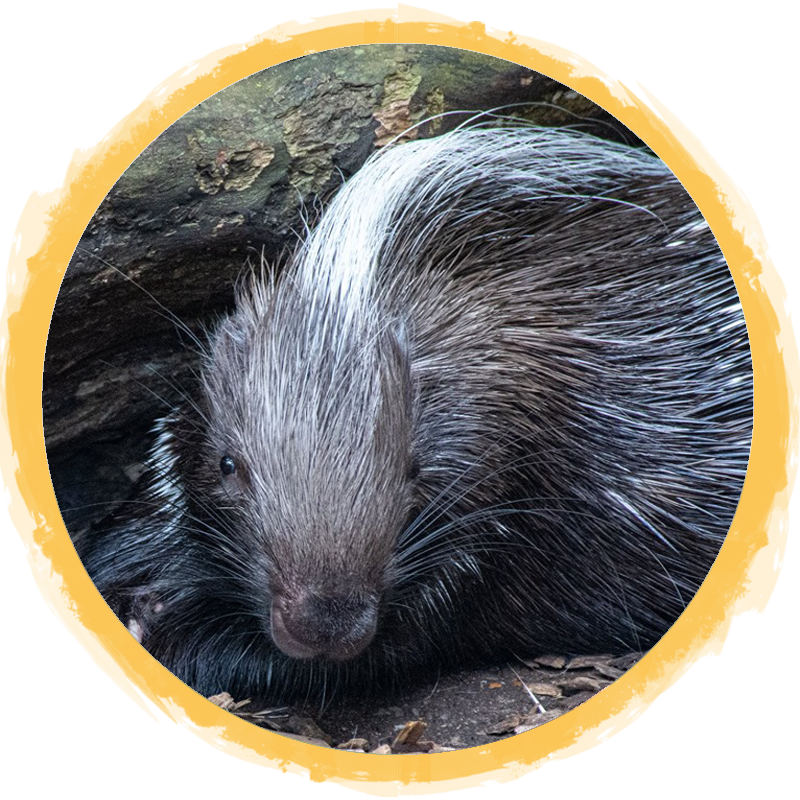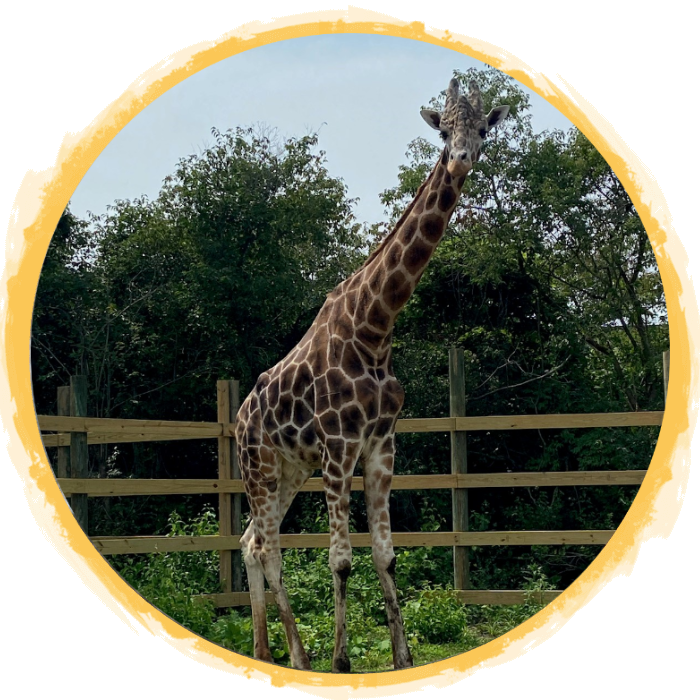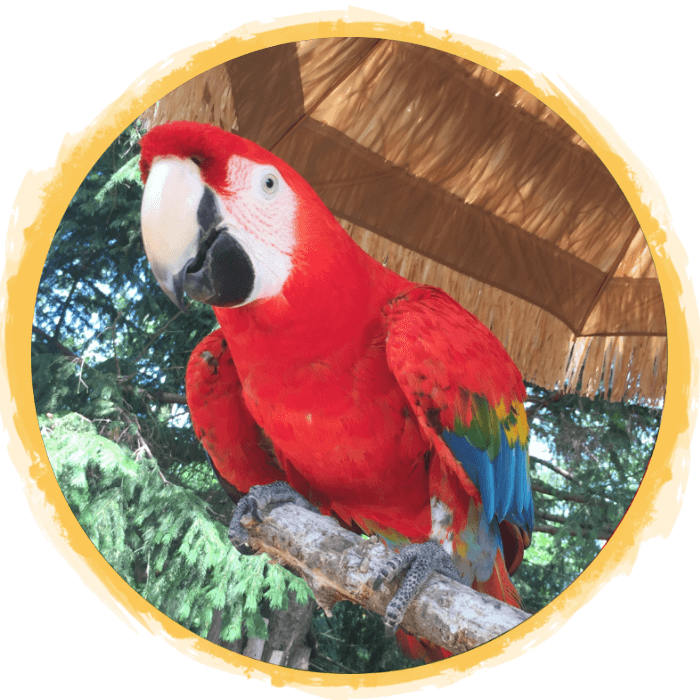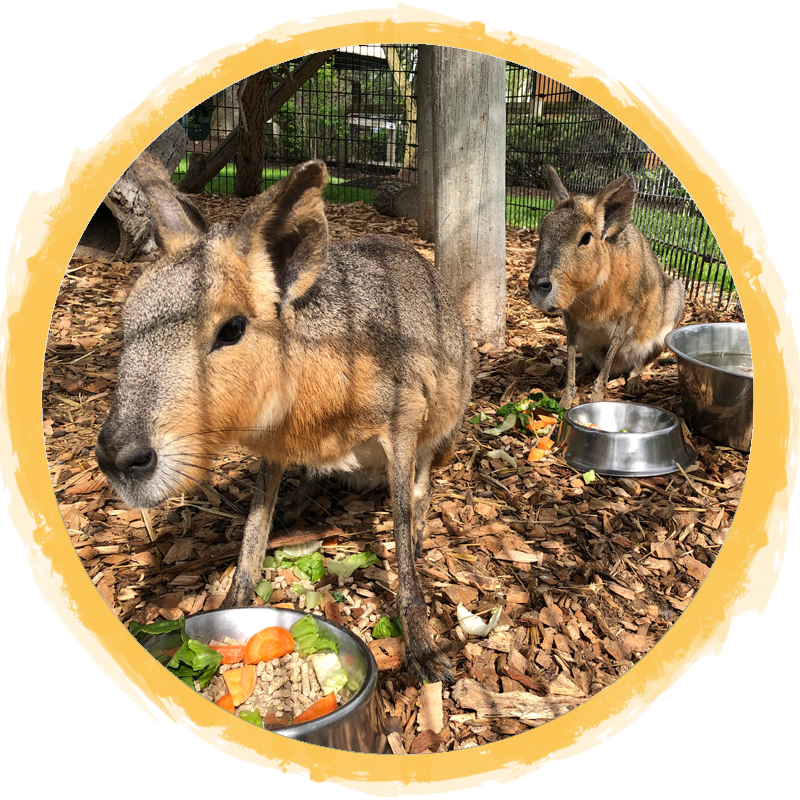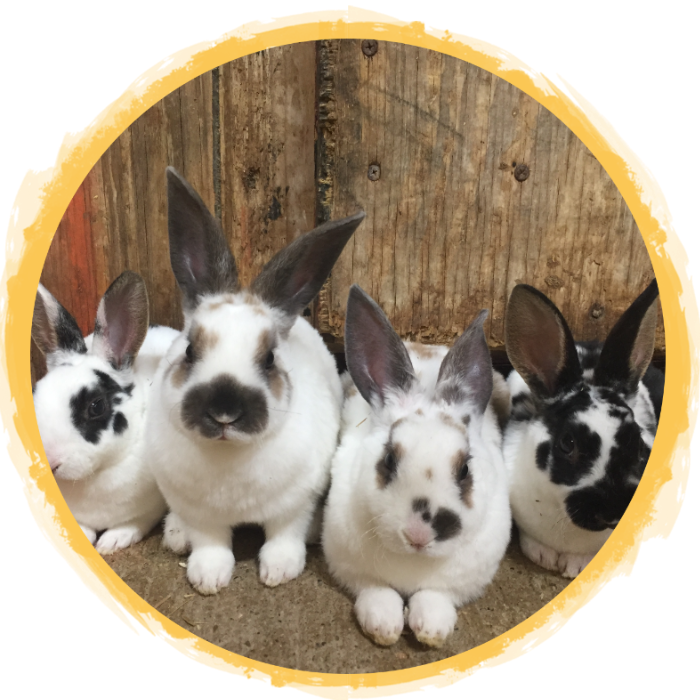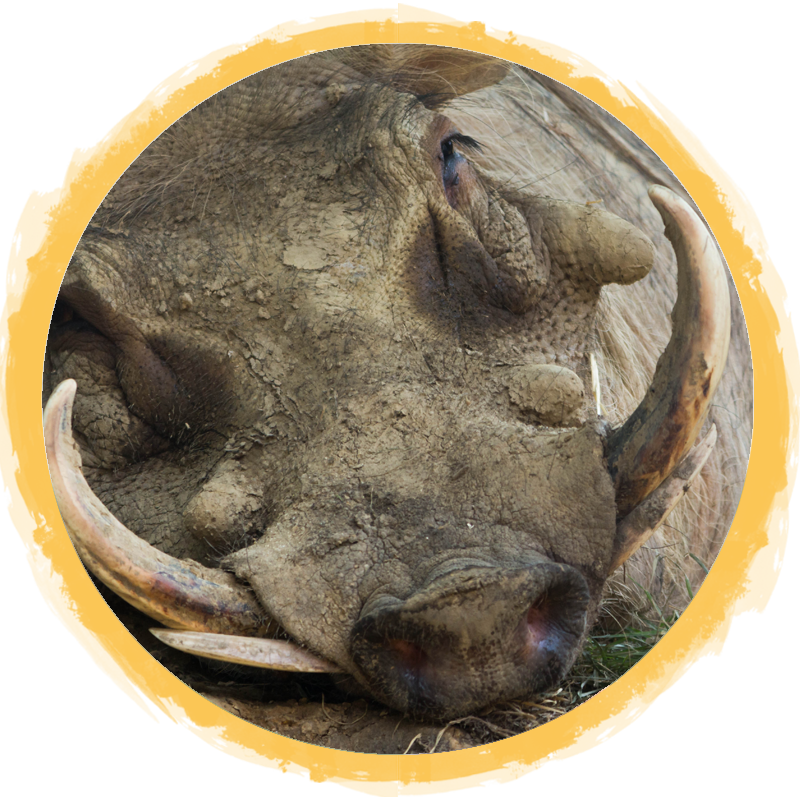(Alligator mississippiensis)
The white color makes this animal extremely rare in the wild. The lack of color is caused by a genetic or congenital condition that interferes with the ability to produce pigments, called albinism.
The American Alligator is a large crocodilian reptile native to the southeastern United States. They are usually found in freshwater, slow moving rivers, as well as swamps, marshes, and lakes from Texas to North Carolina. They can only be in salt water for a short of amount of time due to their lack of salt glands.
They have very strong jaws which can even crack a turtle’s shell and will often swallow small prey whole. Male Alligator use infra-sound to attract females. Females build large nests of vegetation and lay 35 to 50 eggs, the eggs are covered with vegetation and hatch after incubating for 65 days. The temperature of the nest determines if the juveniles will be male of female. Before hatching, the young inside the eggs make a high pitched noise. The mother will then remove the nesting material to allow them to hatch. Once hatched, females defend their young for the first few years of life as the young continue to grow about a foot a year. Young are born with yellow bands on their bodies and live in groups called pods. Many do not survive as they are at extreme risk of predation. In cold weather, Alligators will go into dormancy in ‘gator holes’ of mud hollows as protection.
American Alligators are sometimes referred to as the ‘gator’ or common alligator.
What is the difference between a crocodile and an alligator? Alligators have a wide, rounded snout and when shut, only the upper teeth are visible. Crocodiles have more of a long, pointed, snout, and display a toothy grin.
The main threats to alligators are the expansion of agriculture, human development and pollution. Human/alligator interactions in the wild can pose a danger to humans and pets and alligator management is important to promote safe coexistence strategies. If people feed wild Alligators, they will begin to associate food with humans and will begin to hang out too close to humans. This can pose a great danger. A healthy fear of humans is important to keep alligators away from humans. As with many animals, pollution has negative consequences on species and water management is important for this mostly aquatic species.
The Albino Alligator at African Safari Wildlife Park
Our albino American Alligator is a Female named Jewel! Jewel turned 18 years old in September of 2020.
Why does it look like she is not moving? While it may seem like she’s not moving, Jewel is actually enjoying snoozing the day away! Alligators are most active between dusk and dawn, so don’t worry, she’s just living her best natural life!
Our Alligator is not cold and missing the sunshine, she has a heat lamp and heated floors to help keep her warm! This is how we help our cold-blooded friend regulate her body temperature. As Jewel is an albino Alligator, she can’t be in direct sunlight – she could get a sunburn!
Fast Facts
Country of Origin: Southern North America
Weight: Up to 1,000 lbs
Size: 9 - 15 feet length
Lifespan: 30 - 50 years in the wild
Diet: Alligator consume fish, amphibians, reptiles, birds, and mammals.

